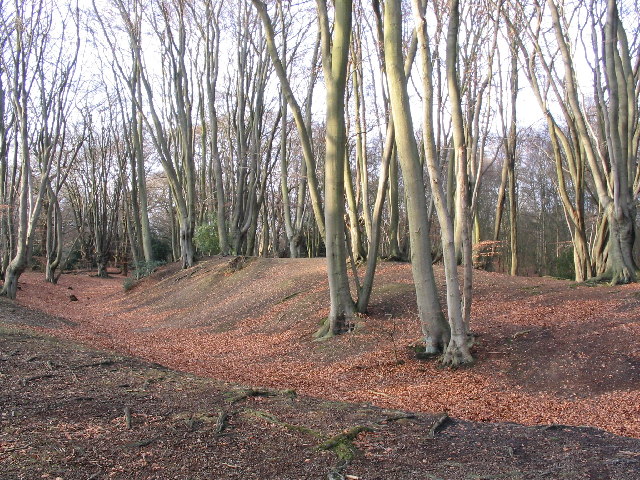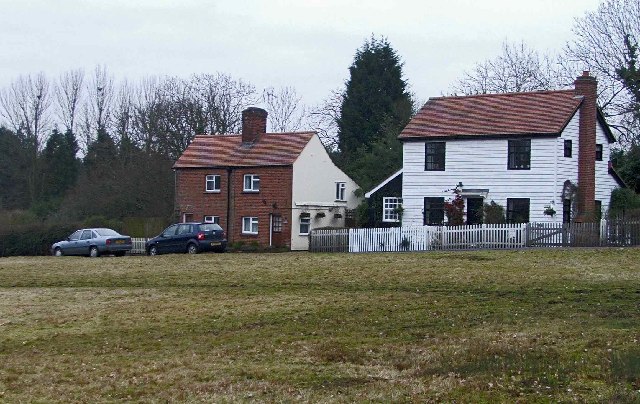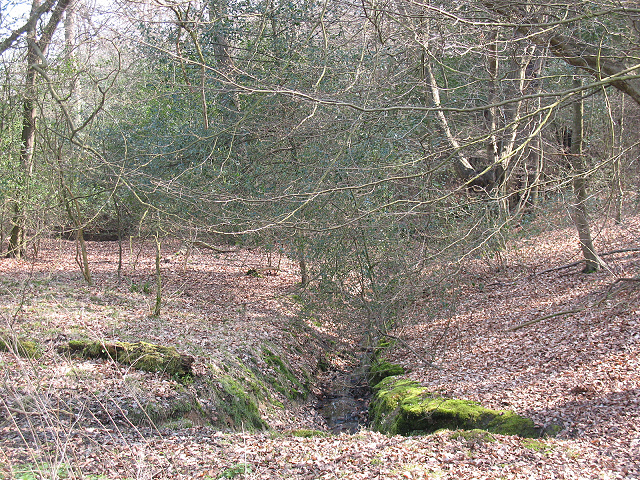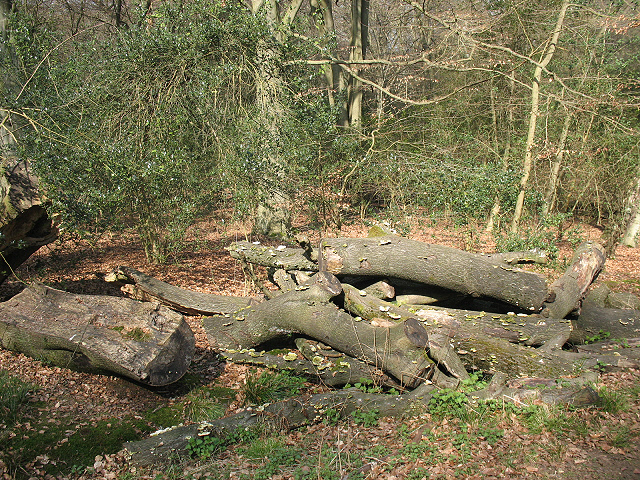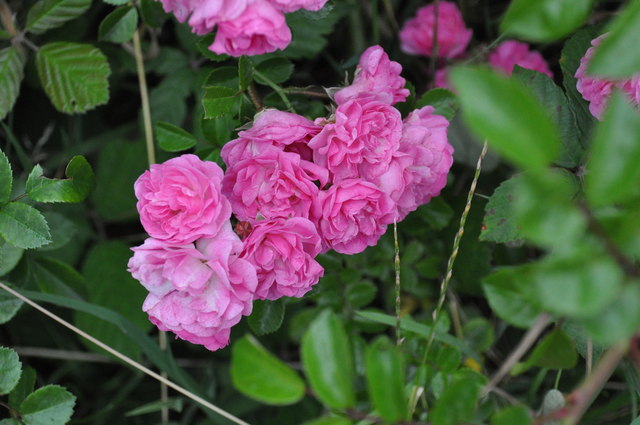Jack's Hill
Hill, Mountain in Essex Epping Forest
England
Jack's Hill
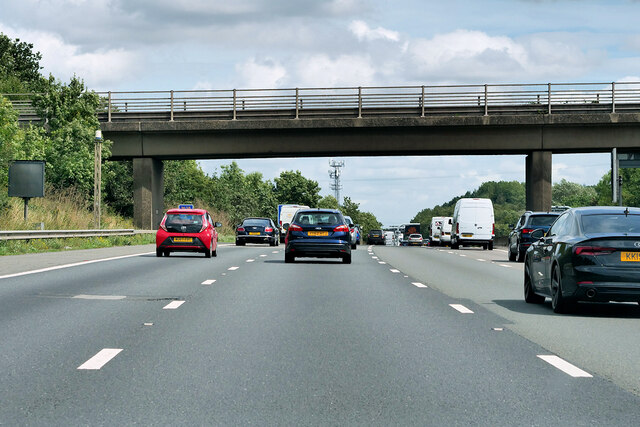
Jack's Hill is a small hill located in the county of Essex, England. Situated near the town of Great Dunmow, it stands at an elevation of approximately 100 meters above sea level, making it a prominent feature in the otherwise flat landscape of the region.
The hill derives its name from a local legend that tells the story of a man named Jack who once lived on its slopes. According to the tale, Jack was a hermit who spent his days tending to a small farm and seeking solace in the tranquility of the hill. While the accuracy of this story is uncertain, it has become a part of the local folklore and adds to the mystique surrounding Jack's Hill.
From the summit of the hill, visitors can enjoy panoramic views of the surrounding countryside. On a clear day, one can see for miles, with fields, woodlands, and small villages stretching out before them. The peaceful atmosphere and untouched natural beauty of Jack's Hill make it a popular spot for hikers, nature enthusiasts, and photographers.
Despite its modest size, Jack's Hill offers a variety of walking trails, catering to both beginners and experienced trekkers. The paths wind through meadows, woods, and open fields, providing ample opportunities to explore the flora and fauna of the area. The hill is also home to a diverse range of wildlife, including rabbits, foxes, and various species of birds.
Jack's Hill is a cherished landmark in Essex, drawing locals and tourists alike to its serene and picturesque surroundings. Whether it be for leisurely walks, birdwatching, or simply enjoying the stunning vistas, this small hill offers a tranquil escape from the bustling modern world.
If you have any feedback on the listing, please let us know in the comments section below.
Jack's Hill Images
Images are sourced within 2km of 51.674057/0.07290524 or Grid Reference TQ4399. Thanks to Geograph Open Source API. All images are credited.

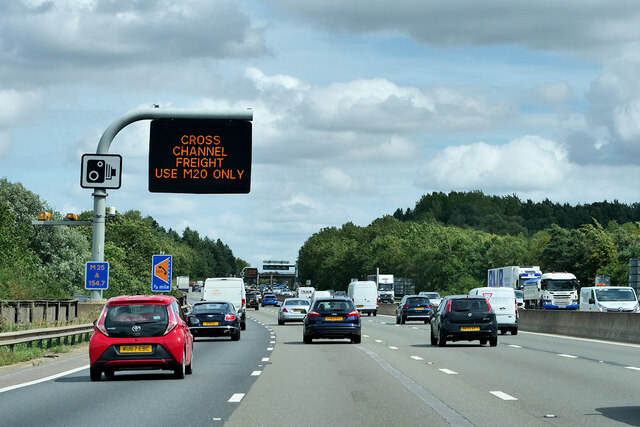
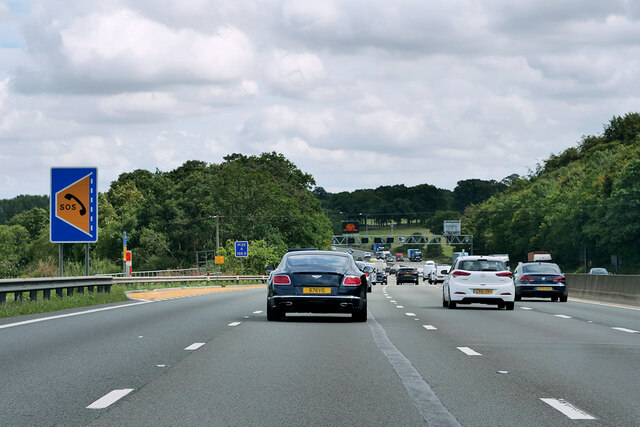
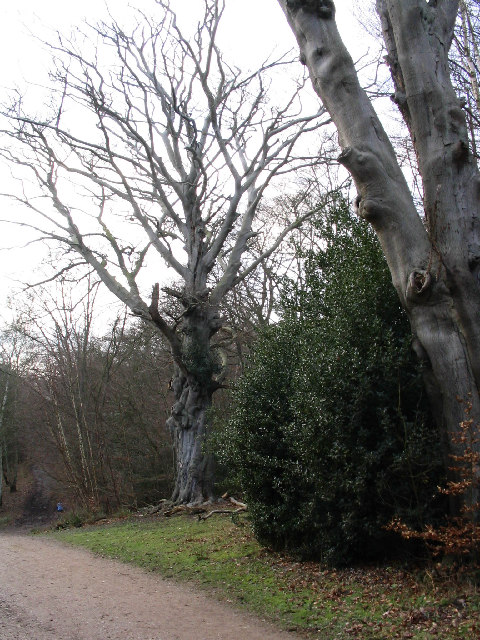
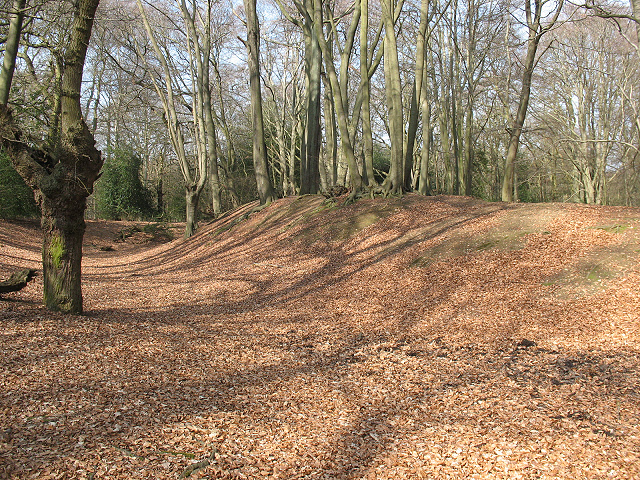

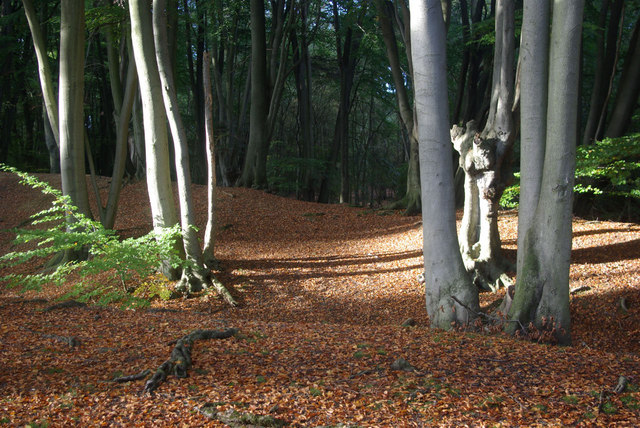
Jack's Hill is located at Grid Ref: TQ4399 (Lat: 51.674057, Lng: 0.07290524)
Administrative County: Essex
District: Epping Forest
Police Authority: Essex
What 3 Words
///rainy.lease.flat. Near Theydon Bois, Essex
Nearby Locations
Related Wikis
Bell Common
Bell Common is a settlement in Essex, England and forms the southern part of the town of Epping. == Tunnel == The Bell Common Tunnel is a covered section...
A121 road (England)
The A121 road is a road in England connecting Waltham Cross and Woodford Wells. == Major settlements == The main settlements on it are Waltham Abbey and...
Ambresbury Banks
Ambresbury Banks is the name given to the remains of an Iron Age hill fort in Epping Forest, Essex, England. == Description == The fort encircles an area...
Debden House
Debden House is a conference centre and campsite located in Loughton, Essex, England. The house is owned and operated by Newham London Borough Council...
Epping Forest (UK Parliament constituency)
Epping Forest is a constituency in Essex represented in the House of Commons of the UK Parliament since 1997 by Eleanor Laing, a Conservative. == Constituency... ==
Davenant Foundation School
Davenant Foundation School is a Christian Ecumenical secondary school, founded in 1680, currently in Loughton, Essex, England. == History == === Foundation... ===
Home Mead
Home Mead is a 1.8 hectare Local Nature Reserve in Loughton in Essex. It is owned and managed by Epping Forest District Council.This site has woodland...
Great Monk Wood
Great Monk Wood is a wood within Epping Forest, in Essex, England. The wood, in the parish of Loughton, is centred on the Wakes Arms junction roundabout...
Nearby Amenities
Located within 500m of 51.674057,0.07290524Have you been to Jack's Hill?
Leave your review of Jack's Hill below (or comments, questions and feedback).
